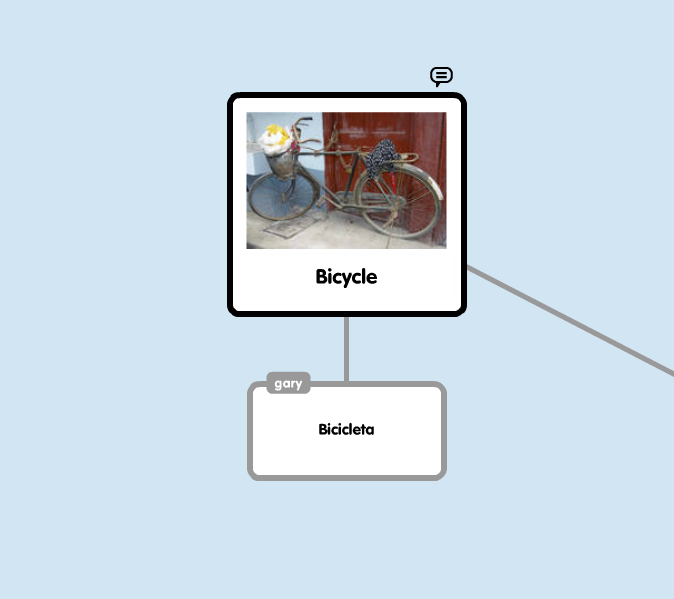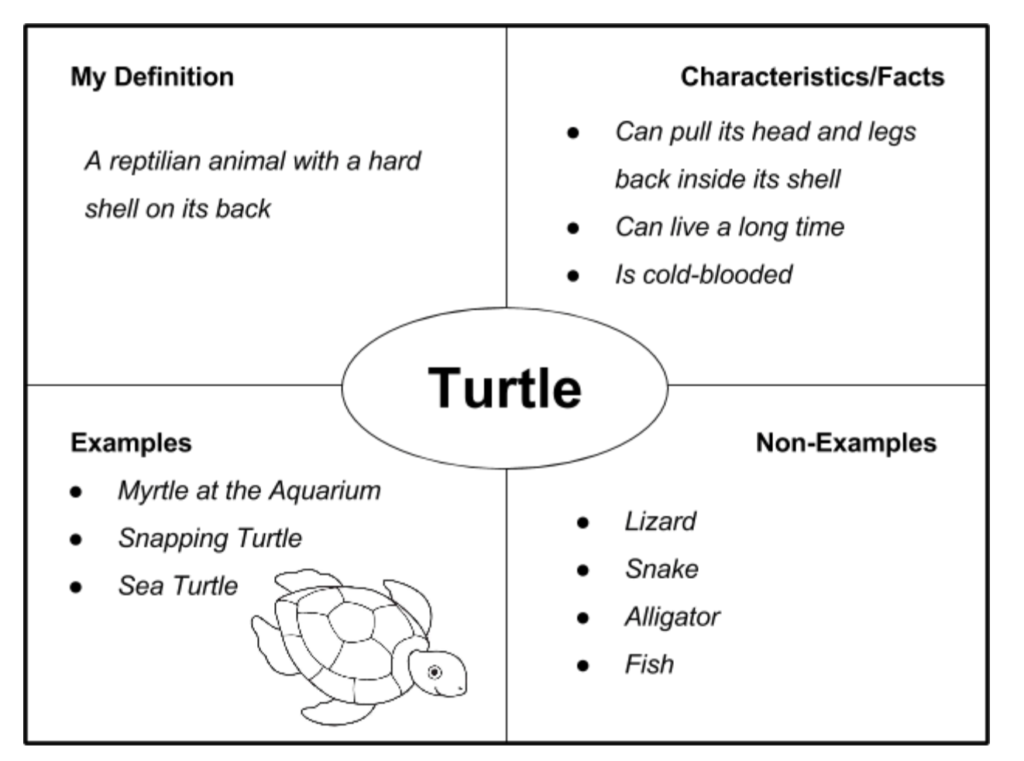English teachers know what words are. Of course, we do! If we don’t, then we might as well all pack up and go home. We might need to read up on our grammar from time to time, but words – we are good with words. In fact, everybody over a certain age knows what words are, so as ESL educators, we should probably know a little more than the average. Consider this question, however: “How many words does an English Language Learner (ELL) need to know to achieve Proficiency Level?”. The answer is not so straightforward, and English teachers know why.
Does knowing the plural of a word count as one word or two? Should we count the comparative forms of adjectives or the various verb tense inflections as separate words? Well, yes we could, but language experts and those who teach and study English rarely do when answering questions like the one above. They understand that a lexicon is a fluid, dense, organic network, made up of a world of connections. Embracing this complexity and this connectedness is the key to success in vocabulary building.
The mind-mapping application Popplet, a user-friendly graphic organizer, has a set of powerful features: text, images, video, connections, URLs, formatting, and collaboration. All of these, combined with an infinite, multi-dimensional canvas make it a formidable tool for exploring vocabulary in the English classroom.
Words and Pictures
One of the simplest and most effective methods of teaching vocabulary, especially with younger learners, is to create connections by matching words with images – child’s play with Popplet! Here’s a simple activity to get started.
- Begin by creating a Popplet that contains the images of the target vocabulary like this one about the vocabulary of transport:
- Then, duplicate as many copies of the popplet as you need for your class by selecting duplicate popplet from the cog menu, and add the students or groups as collaborators. Ensure they have permission to edit the Popplets.
- Next, ask students to add the correct words, either directly or by creating a separate popple: If the vocabulary is difficult or new, review it before the exercise and/or provide the students with a word list.
- When they have added their words, correct any errors. Now the students have a permanent record of the vocabulary, which they can add to. Good for revision.
- As an extra activity, they can add the translation of the words in their native language using popplet comments. These translations won’t appear in the main popplet board and can be accessed by clicking the small speech bubble above the popple:

- Students could also proudly display their creations as a Popplet Presentation, or print them off.
Teachers can adapt this activity in many different ways. One way would be to simply reverse the process: provide the words and allow the students to find suitable images. If the students aren’t adults (or even if they are!) have them use Kiddle – Google’s safe search engine for kids, or Photos For Class – another safe search engine; both return age appropriate images which can usually be safely reproduced without copyright issues.
Word Families
Returning to the question about the number of words a learner needs to know to achieve a level of proficiency in a second language. When thinking of an answer to this question, we need to think in terms of headwords (lemma in linguistics) and word families rather than single words.
A Word Family consists of the base form of a word and all its affixes. In English these include:
- inflectional affixes: 3rd person -s, verbal -ed and -ing, plural -s, possessive -s, comparative -er and superlative -est.
- derivational affixes: -able, -er, -ish, -less, -ly, -ness, -th, -y, non-, un-, -al, -ation, -ess, -ful, -ism, -ist, -ity, -ize/-ise, -ment and in-.
See the happy words popplet featured in the introduction; it has nine words, happy being the headword.
There is another common definition of a Word Family, used in general literacy education, where words with similar sound or spelling patterns are grouped together for learners:
- take, bake, lake, make….
- ate, crate, debate, late…
- meat, feet, seat, feel…
Let’s focus on the first type of Word Family. Derivational affixes are related to parts of speech, and this provides the basis for many effective ESL vocabulary building activities like this one:
- First, give the students a list of verbs, nouns, and adjectives and address any issues with understanding/meaning:
- Then, teach the students the common noun and adjective suffixes -d, -al, -ive, -tion, -ity and -or.
- Next, ask them to form new words from their original lists and to create a popplet with their results.
- Finally, students complete a gap fill exercise using the new words to check comprehension.
In the second type of word family, activities like the one below, courtesy of Kirsten Wideen and her native English kindergarten class, are commonly used with junior learners getting to grips with the basics of their native language:

Activities like this one could certainly be useful in the ESL classroom, with the focus on spelling and pronunciation.
Frayer Model Based Word Webs
The Frayer Model is a technique that employs a graphical organizer to build a learner’s vocabulary by encouraging critical thinking around a single idea. Common in general education, it is a strategy that adapts well to the ESL classroom. A Frayer Model consists of a central theme or word, surrounded by four related parts: definition, characteristics, examples and non-examples. Here is an example of a Frayer Model about the word “Turtle”:

In an ESL class, a popplet applying this method could look something like the one about the word aromatic, created by teacher and writer Paul Emmerich:

It uses synonyms, antonyms, grammatical information, a definition and even a drawing…and it could connect to so much more! A proven technique for vocabulary building with tremendous potential when using Popplet as the graphic organizer:
- additional opportunities to organize using colors and Popplet’s limitless canvas
- add images, video
- target specific areas of study – strengths/weaknesses
- connect to other Popplet Word Webs
- add URLs
- use in reading, writing, listening or speaking activities to introduce new vocabulary or brainstorm more abstract themes
With Popplet learners can produce simple word lists that contain images and connections that greatly increase their chances of vocabulary acquisition. Alternatively, they can also create good old fashioned long lists, to be examined time and time again – still necessary, as in the case of past simple irregular verbs endings.
The magic of Popplet, what makes it such an effective app for learning vocabulary, is how it can capture a simple idea, a single word, and create something far greater and far more valuable for language learners. We will look more at this, and more ESL vocabulary activities in the second part of this article: Popplet ESL Activities: Vocabulary Building (2).
Popplet is available on the web, and as an iOS app for the iPad and iPhone. New web users will receive ten popplet boards when they sign up for a free account. Be sure to check out Popplet’s reduced rates for School and Class group subscriptions.
If you are a language teacher or learner and you are using Popplet, we would like to hear from you. Yo can find ideas and share with the Popplet community on Twitter, and on our Facebook page.
The other articles in this ESL series are:
Popplet Ideas for ESL Teaching
Popplet ESL Activities: An Introduction to Pronunciation
Popplet ESL Activities: Irregular Verb Flash Cards
Popplet ESL Activities: Grammar